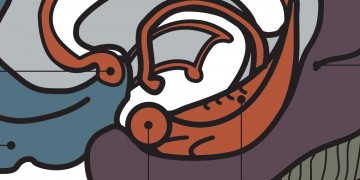
The Brain’s GPS — Unraveling the Functioning of Our Navigation System
This year’s Nobel Prize in Physiology and Medicine was awarded to three neuroscientists for their contribution in elucidating the “GPS of the brain”. Explore how this positioning system was deciphered, what the individual components of this system are, and how they integrate together to help us in our spatial memory and navigation.
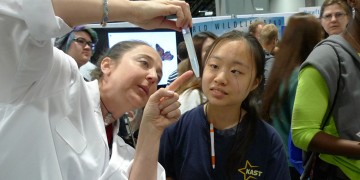
Bio-Rad Science Ambassador Program Reaches New Age Groups, More Schools
The Science Ambassador Program continues to grow in its mission to connect working scientists with students at the elementary, middle, and high school level. This month, bioradiations catches up with Bio-Rad’s corporate citizenship initiative at two events: the USA STEM festival in Washington, D.C., and a special day of science in Bio-Rad’s home town, Hercules, CA.

Trends in Protein Separation and Analysis — the Advance of Stain-Free Technology
What is stain-free technology? How does it work in electrophoresis and western blotting? How does it compare with existing staining techniques? What are its advantages and possible concerns? Here is a technical review of this rapidly growing technological advance.

Telling the Story of Western Blots with the ChemiDoc Touch Imaging System
For a long time X-ray film has been the standard for imaging western blots, but this method has its limitations. Find out how 3 researchers are using the digital tools offered by the new ChemiDoc Touch Imaging System to beat these limitations and improve their blot images.

Purification Trends: How Smart is Chromatography Automation?
What does automated protein purification mean today? What might it look like tomorrow? Bioradiations talks to a variety of users about what they’re doing now to implement automation in their purification processes, and what possibilities they envision that will improve chromatography in the near future.
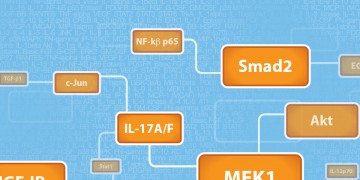
Multiplex Analysis of Cell Death Markers Using Bio-Plex Pro™ RBM Apoptosis Assays
Bio-Rad’s new Bio-Plex Pro RBM Apoptosis Multiplex Assays enable complex, quantitative analyses of biomarkers in the intrinsic apoptosis pathway. Learn more about these biomarkers and view sample data and performance characteristics of these assays in this detailed technical report.
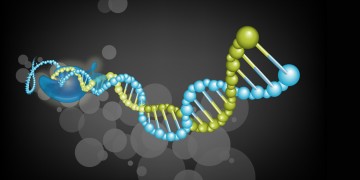
Better, Faster, and Less Expensive Gene Expression Analysis Using Multiplex One-Step RT-qPCR: A Case Study of Colorectal Cancer
Conducting a triplex one-step RT-qPCR assay promises a more efficient and economical analysis of gene expression compared to running three individual assays. This technical report describes a colorectal cancer case study where a triplex multiplex assay was validated.
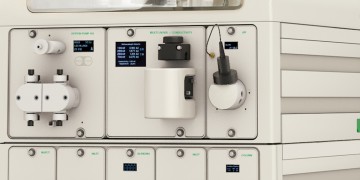
Protein Purification Workflow Development Using Bio-Rad’s NGC™ Chromatography System
While using affinity tagging is the preferred method to achieve highly pure protein through recombinant expression, this approach isn’t feasible for all proteins. This tech report describes workflow optimizations using the NGC Chromatography System that allow users to achieve high purities with untagged proteins.
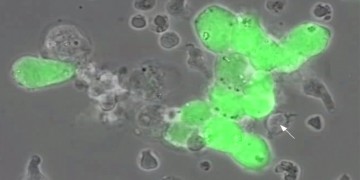
Unlocking the Structures of Natural Killer Cell Receptors with the NGC™ Chromatography System
Structural biologist Petr Novák employs the latest techniques to model natural killer cell receptor molecules, research that may one day result in powerful therapies to treat cancer and infections. Go inside the fascinating world of structural characterization and find out how Novák has integrated the NGC™ chromatography system into his effort to visualize these molecules in vivid detail.
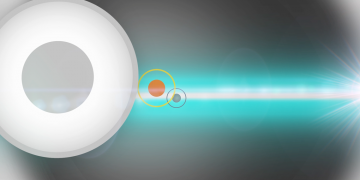
DIY Cell Sorting with Bio-Rad’s S3™ Cell Sorter
Until recently, cell sorting has been a complex endeavor requiring specialized facilities and trained technicians. This infographic reveals how Bio-Rad’s S3 cell sorter makes this technique available to individual, non-expert researchers in 3 easy steps.
